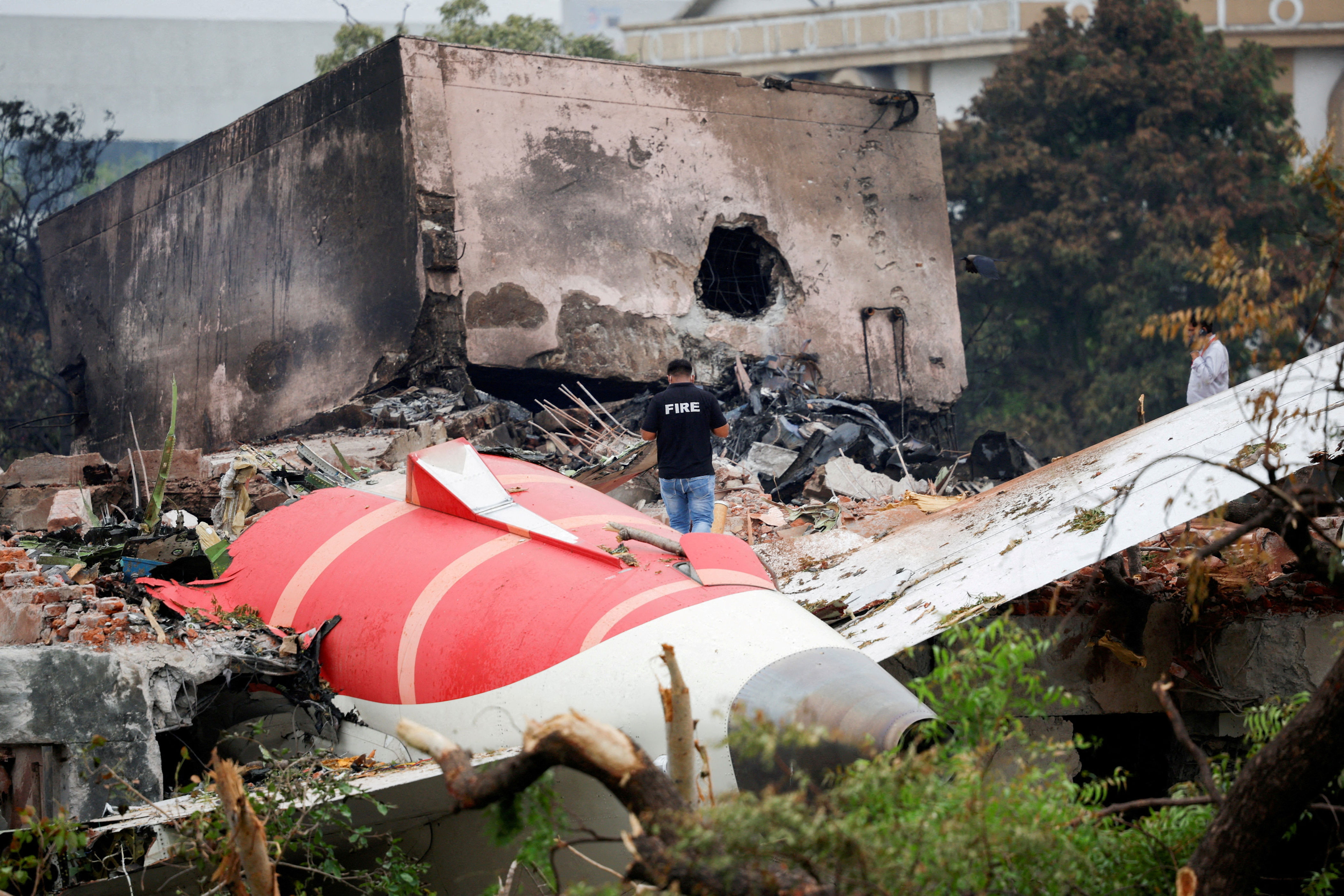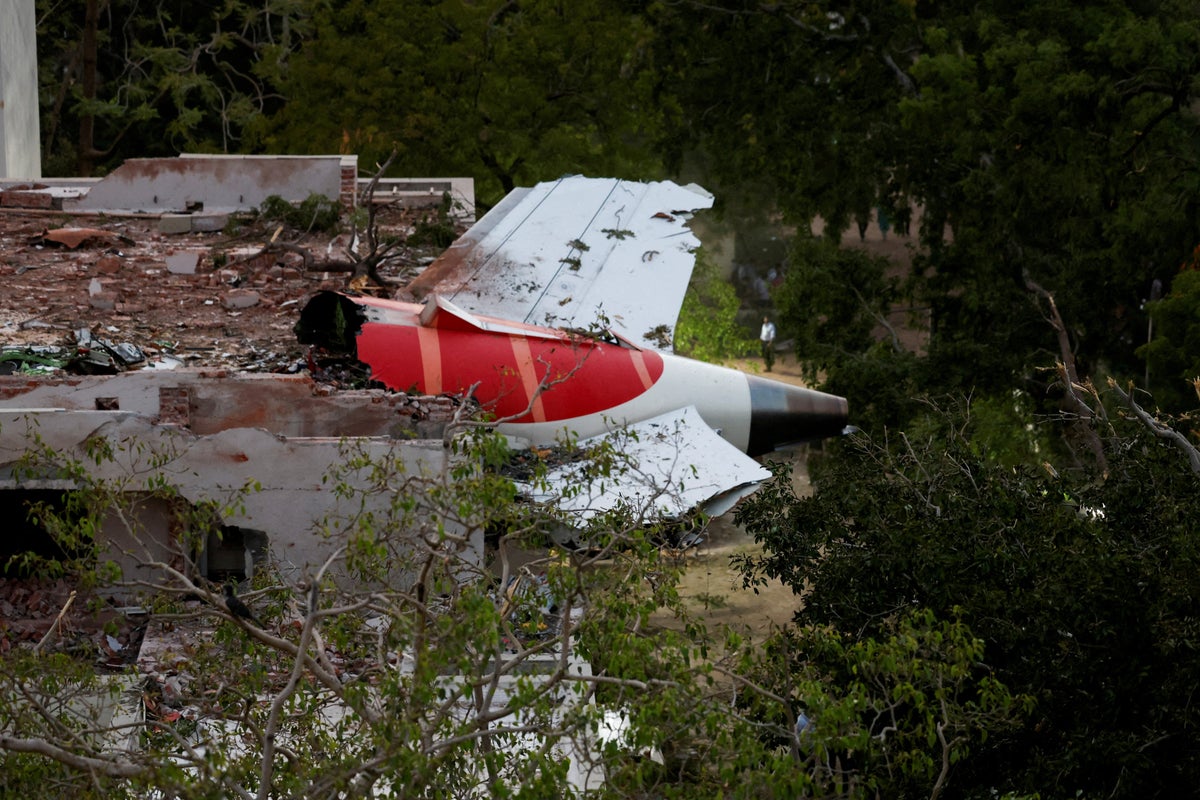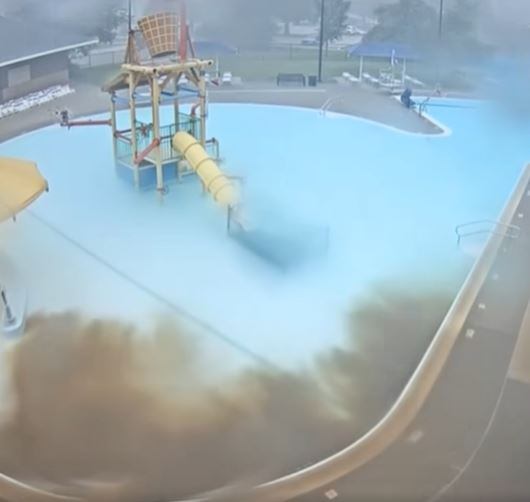Fuel switches for the engines of the
Air India
jet
which
crashed
last month, killing 241 people on board, were cut off, a preliminary report into the disaster has said.
The
Boeing 787 Dreamliner
crashed shortly
after take-off from
Ahmedabad
on June 12.
The report from the Aircraft Accident Investigation Bureau said three seconds after take-off, the
London Gatwick
-bound aircraft was climbing and accelerating with an airspeed of 180 knots (207mph), in
line
with normal performance.
The report says: “Immediately thereafter, the
Engine
1 and Engine 2 fuel cutoff switches transitioned from RUN to CUTOFF position one after another.” There was a one-second gap between the transition for each engine.
For updates on the Air India crash investigation – click here to visit our blog
The first crucial question: what caused the transition?
The report says: “In the cockpit voice recording, one of the pilots is heard asking the other why did he cutoff? The other pilot responded that he did not do so.”
Both engines were starved of fuel at the moment when power was most needed.
It took 10 seconds for one engine and 14 seconds for the other for the switches to be returned to the normal position – “transitioned from CUTOFF to RUN”.
The second crucial question: why did that take so long?
Engines can relight, but it takes time. The report says that, after the switches reverted: “Engine 1’s core deceleration stopped, reversed and started to progress to recovery. Engine 2 was able to relight but could not arrest core speed deceleration and re-introduced fuel repeatedly to increase core speed acceleration and recovery.”

With the engines “below minimum idle speed” at which they could supply the necessary power, the rapid air turbine (RAT) had automatically deployed. This is an emergency device to supply hydraulic power to the aircraft’s control surfaces. But with insufficient power, the plane was doomed.
“As the aircraft was losing altitude, it initially made contact with a series of trees and an incineration chimney inside the Army Medical Corps compound before impacting the northeast wall of the Building A,” the report says.
The final death toll appears to be settled at all 12 crew, 229 passengers and 19 on the ground – totalling 260.
In addition, 67 people on the ground were injured, along with the sole survivor of the crash.
Given the horrifying scale of damage to buildings on the ground, it appears the number of dead and injured could have been much higher.
Significantly, the report says: “At this stage of investigation, there are no recommended actions to B787-8 and/or GE GEnx-1B engine operators and
manufacturers
.”
This suggests no evidence of a technical fault that might jeopardise similar aircraft.
An Air India spokesperson said: “Air India stands in solidarity with the families and those affected by the AI171 accident.
“We continue to mourn the loss and are fully committed to providing support during this difficult time.
“We acknowledge receipt of the preliminary report released by the Aircraft Accident Investigation Bureau (AAIB) today, 12 July 2025.“Air India is working closely with stakeholders, including regulators. We continue to fully co-operate with the AAIB and other authorities as their investigation progresses.
“Given the active nature of the investigation, we are unable to comment on specific details and refer all such enquiries to the AAIB.”
The Independent is the world’s most free-thinking news brand, providing global news, commentary and analysis for the independently-minded. We have grown a huge, global readership of independently minded individuals, who value our trusted voice and commitment to positive change. Our mission, making change happen, has never been as important as it is today.













Leave a Reply